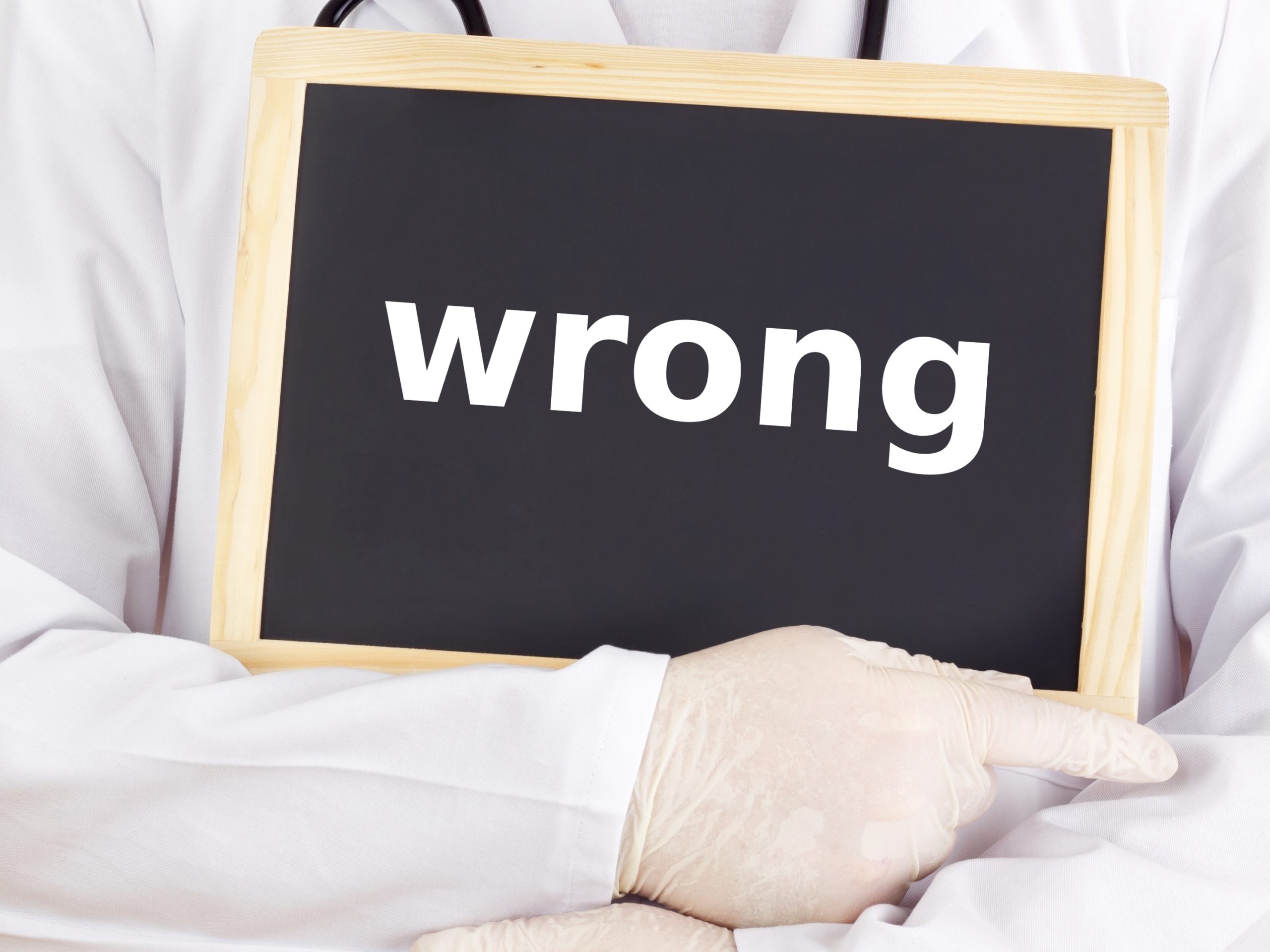
How Common is Cancer Misdiagnosed?
A cancer diagnosis is nothing short of a traumatic event. It marks the start of a long road of invasive treatments, painful procedures, and years of worry and uncertainty.
But a misdiagnosis is no walk in the park, either.
A joint study from the National Coalition on Health Care and Best Doctors, Inc. found that the majority of doctors believe misdiagnosis occur 0-10% of the time, and 33% of doctors believe misdiagnoses occur 10-20% of the time.
However, a study from the Journal of Clinical Oncology found that misdiagnosis rates are between 28% and 44%, depending on the type of cancer. Lymphoma, breast cancers, sarcomas, and melanoma are considered the top five misdiagnosed cancer conditions.
This difference between doctors’ perceptions and the truth about misdiagnosis is particularly troubling. The lion’s share of physicians believe the biggest barrier to accurate diagnoses is “fragmented or missing information across medical information systems.” In other words, outdated methods of record-keeping and shoddy organization of records results in a large number of misdiagnoses per year.
Pathologists’ lack of expertise was named as another top cause of misdiagnosis. Cancer is typically diagnosed by looking at a sample underneath a microscope—the way it has been diagnosed for decades. But if a pathologist assigned to inspect the sample is not proficient in the subspecialty of cancer diagnosis, mistakes will become more and more common.
The National Coalition on Health Care surveyed 400 pathologists, medical oncologists, and surgical oncologists who rank within the top 5% of their respective specialists. When asked what contributes most heavily to errors in pathology identification, they responded:
- Pathologist’s lack of subspecialty expertise (47%)
- Inadequate sampling of lesion (39%)
- Inadequate clinical information provided (7.3%)
- Failure to perform special stains (5.3%)
- Poor or inadequate slide preparation (1.5%)
Depending on the time frame, a cancer misdiagnosis can mean thousands and thousands of dollars in unnecessary medical bills, including unnecessary surgery, chemotherapy, and additional treatments. On the flip side, it can mean a dangerous delay in medical treatment for someone who has cancer but was misdiagnosed with something else. Thomson Reuters found that $700 billion is wasted every year in the U.S. medical system; meaning, roughly one-third of our nation’s total healthcare spending is tied up in diagnostic error.
When responding to the same survey, physicians believe these improvements will improve diagnostic accuracy rates:
- New or improved pathology tools or resources
- New or more readily accessible resources for tumor genetic testing
- New or improved radiology tools and resources
- Nationally integrated electronic medical records
- Increased availability of remote consultations
- Computerized decision support tools
If you or a loved one has been misdiagnosed with cancer, leading to unnecessary medical bills and expenses, contact Maggiano Law today for a free consultation.

















